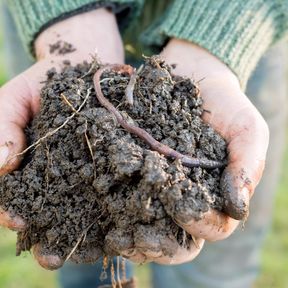Maintaining good soil at Otagarden

Optimize Soil Fertility: When plant waste is processed and collected promptly before seeding, it becomes the best possible soil conditioner for improving soil fertility.
Incorporate Ancient Practices: In the spirit of ancient terra preta, returning essential nutrients to the soil can enhance the soil's water retention capacity and the plant's ability to absorb nutrients.
Promote Earthworm Activity: Adding organic matter to the soil can also help earthworms thrive, keeping the soil loose and well-aerated while the earthworms contribute to soil fertilization. If desired, add biochar to the soil (soaked or loaded).
Manage Plant Waste: Before the plants in pathways begin to seed, mow them down with a trimmer and lay the cut vegetation between the rows of cultivated plants. This practice helps prevent moisture from evaporating from the soil, as exposed bare soil does not unnecessarily lose water. Additionally, the decomposing plant matter serves as food for earthworms, revitalizing soil activity.
Enhance Plant Growth Conditions: All these measures enhance and accelerate the growth conditions for cultivated plants, as their root systems develop well when provided with consistent moisture and nutrients from healthy soil. In many cases, digital monitoring isn't necessary because these methods are known to be effective.
Handle Weeds Proactively: If weeds have already reached the seeding stage, remove their seeds and place them in a separate waste bin along with the weed roots. However, transporting soil material unnecessarily to waste disposal sites should be avoided; instead, you can shake the roots clean of soil. Mulch cultivation also prevents weed seeding and growth, so under a thick layer of mulch, weeds cannot develop.